NHS health checks are to include questions about the menopause for the first time, ministers have announced, with millions of women in England expected to benefit.
Adults aged from 40 to 74 who do not have a pre-existing long-term health condition…

NHS health checks are to include questions about the menopause for the first time, ministers have announced, with millions of women in England expected to benefit.
Adults aged from 40 to 74 who do not have a pre-existing long-term health condition…

A 59-year-old man with no relevant medical history presented to the Emergency Department at night, coming straight from the airport, reporting asthenia and jaundice. The patient disclosed a recent travel to Angola, where he had received treatment…
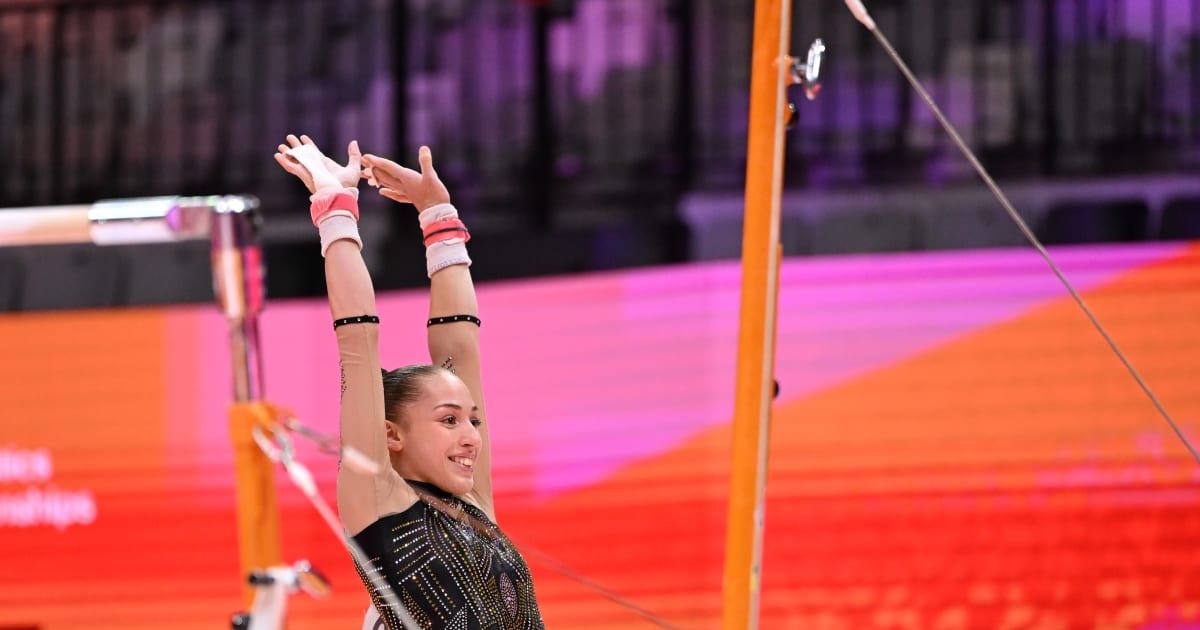
Coming into these championships and ahead of Thursday’s (23 October) women’s all-around final, Nemour has been one to watch.
And while her trademark work on the uneven bars continues to make waves, she…

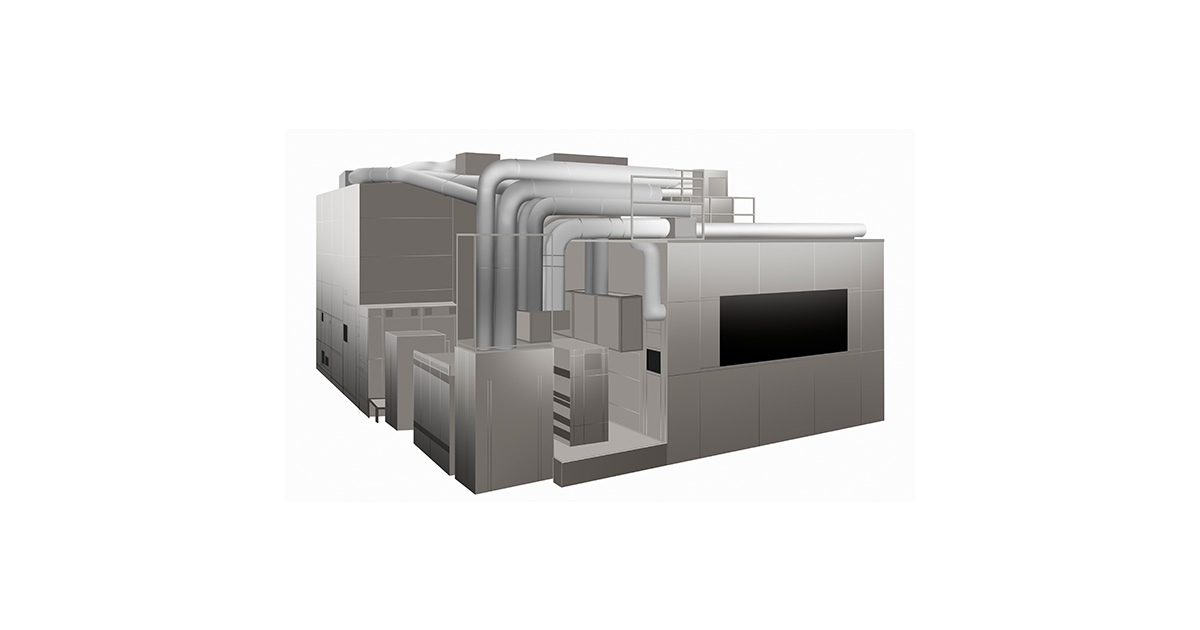
TOKYO – Nikon Corporation (Nikon) will begin accepting orders for Gen 8 plate (2,290 mm × 2,620 mm) FPD lithography systems FX-88SL and FX-88SLD*1 in November 2025. These are the first FPD lithography systems that employ a UV-LED (ultraviolet LED) light source*2, reducing environmental impact while also providing high resolution and productivity.
| Product name | FPD lithography system FX-88SL and FPD lithography system FX-88SLD |
|---|---|
| Start of acceptance of orders | In November 2025 |
| Sales launch | In April 2026 |
As the demand for high-definition panels continues to grow, from smart devices to large high-end monitors, there is an increasing need to achieve both high productivity and reduced power consumption in panel manufacturing. In response to this trend, Nikon has proactively developed FPD lithography systems that employ a UV-LED light source. The UV-LED light source enables high productivity, saves energy, and reduces running costs with their high illumination power. Additionally, it contributes to environmental impact reduction by being mercury-free. Through such efforts, Nikon will continue to promote the realization of a sustainable society, as well as ongoing growth as a company, by promoting the reduction of environmental impact and other initiatives.
The FX-88SL and FX-88SLD can expose the Gen 8 plate in 4-scan while providing excellent C.D.(Critical dimension) uniformity over the entire surface of the plate by using a high-accuracy focus correction system. The FX-88SL, equipped with a UV-LED light source equivalent to i-line, has achieved a resolution of 1.5 µm*3 L/S*4. The takt time is 39 seconds per plate, a 17% improvement over the conventional FX-88S*5. The FX-88SLD, equipped with a UV-LED light source with two wavelengths*6, further improves productivity in manufacturing processes that require high illumination power.
An overlay accuracy of ±0.3 µm has been achieved through high-accuracy alignment technology. By Nikon’s proprietary multi-lens system*7, each individual lens can be controlled precisely. This technology is effective in correcting deformations in large plates, enabling highly accurate overlay. As a result, it contributes to high-yield mass production.
UV-LED, which features low power consumption and is mercury-free, is employed as the light source. Its high level of illumination power not only improves productivity but also reduces running costs. In addition, Nikon has established a recycling scheme for UV-LED light source components, advancing toward the realization of a sustainable society.
Swipe horizontally to view full table.
| FX-88SL | FX-88SLD | |
|---|---|---|
| Resolution |
1.5 µm L/S 1.8 µm C/H |
2.5 µm L/S 2.5 µm C/H |
| Light source | UV-LED i-line equivalent | UV-LED i-line + h-line equivalent |
| Projection magnification | 1 : 1 | |
| Overlay accuracy | ±0.30 µm | |
| Plate size | 2,290 mm × 2,620 mm | |
| Takt time |
39 s/plate Conditions: 2,290 mm × 2,620 mm, 4-scan, i-line, 30 mJ/cm2 |
39 s/plate Conditions: 2,290 mm × 2,620 mm, 4-scan, i-line + h-line, 30 mJ/cm2 |
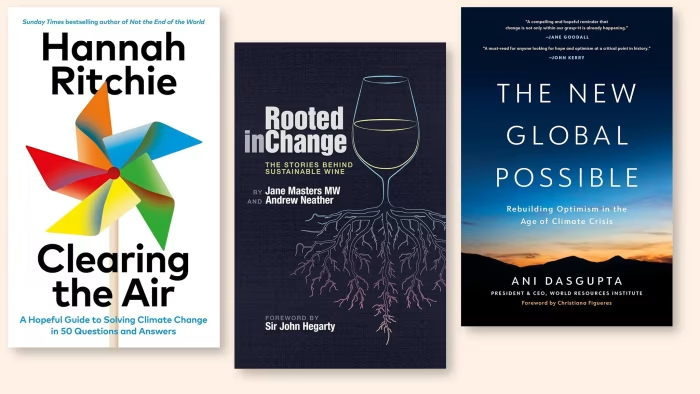
Isn’t it already too late to do anything about climate change? Aren’t renewables too expensive? Don’t electric cars harm the climate as much as petrol cars?
No, no and no, says Oxford university data scientist Hannah Ritchie, in Clearing the Air: A Hopeful Guide to Solving Climate Change — in 50 Questions and Answers (Chatto & Windus £20).
This is Ritchie’s second book in two years, following last year’s Not the End of the World, and its answers to 50 common questions about tackling climate change are a powerful guide to this fast-changing topic.
Take this question beloved of climate action sceptics the world over: if my country only emits 1 per cent of the world’s emissions, isn’t it too small to make a difference?
As Ritchie writes, there are a lot more of these “negligible” countries than you might think. Only six countries emit more than 2 per cent each of the global total: China (by far the biggest), the US, India, Russia, Japan and Indonesia. If you add up the rest, they emit 36 per cent of the world’s CO₂, which is more than China. And as Ritchie says, if each did nothing, the biggest chunk of the world’s emissions wouldn’t budge and “that’s not an option”.
Arguing about climate change is a luxury some industries cannot afford, as Jane Masters and Andrew Neather demonstrate in Rooted in Change: The Stories Behind Sustainable Wine (Académie du Vin Library £20).
As their absorbing book reveals, “climatic challenges” were a major contributor to plummeting levels of wine production that last year saw the global total drop to its lowest level since 1961.
Climate change is “a serious and immediate threat” to wine growers and drinkers, even in places such as England, where rising temperatures have driven the growth of vineyards. Warmer winters there can still lead to earlier buds that can be destroyed by spring frosts.
Masters and Neather outline many ways in which the industry can adapt to, and fight, climate change. That includes using corks, which have a much lower carbon footprint than aluminium screw-tops; but the latter pale beside bottles, the industry’s biggest source of emissions.
About 85 per cent of wine is sold in glass bottles, and because so many people think good wine comes in heavy bottles, some bottles weigh up to 1.2kg — requiring more energy and materials to produce, and more fuel to transport. The authors deem this “an entirely unnecessary and wasteful marketing choice” and highlight producers using bottles as light as 450g or less.

Ani Dasgupta takes a broader look at climate solutions in The New Global Possible: Rebuilding Optimism in the Age of Climate Crisis (Disruption Books $29 hardcover/$16.99 ebook).
Dasgupta is president of the World Resources Institute, one of world’s largest environmental think-tanks, but avoids the common trap of simply listing a series of policy goals and prescriptions. Instead, he makes an admirable effort to show why climate action has been so slow and how it might be sped up in areas he thinks hold the most promise for exponential change.
For businesses, this means recognising the limits of voluntary corporate efforts and instead working to build consistent regulations that allow firms to prosper while taking climate action. For cities, he highlights a plethora of examples, such as the car-free days pioneered by Colombia’s Bogotá that have inspired hundreds of other cities across the world to allow pedestrians and cyclists to reclaim the streets.
When it comes to economic thinking, Dasgupta refers often to one of the leaders in the field, British economist Nicholas Stern, who also has a new book with a hopeful climate message, The Growth Story of the 21st Century: The Economics and Opportunity of Climate Action (LSE Press, open access for digital copies; £35 for the paperback).
It is nearly 20 years since Stern changed the way we think about the costs of climate change in the study he led for the UK government, The Economics of Climate Change: The Stern Review. His study overturned the idea that cutting greenhouse gas emissions would slow economic growth, showing that the costs of climate inaction far outweighed those of action.
Since then, emissions have continued to rise, albeit at a slower pace, and despite huge advances in green technologies the climate threat is deepening. Stern has blunt words for mainstream economics, which he rightly says has focused too much on just one policy — carbon pricing — and failed to contribute as much as it could have to the great climate challenge.
He is convinced of the potential for “a much more attractive story of growth and development” if a series of drivers of growth can be harnessed, probably with the help of AI.
The drivers include green tech innovation and increasing economies of scale, like those India achieved with its large-scale public procurement of LED lightbulbs. Costs of these more energy-efficient bulbs fell by 85 per cent in four years, Stern writes, and India is now aiming to replicate this success with electric buses.
This is Stern’s third climate economics book in 20 years and, as he writes, one measure of its success will be that he won’t need to write a fourth. “I am indeed confident and optimistic about what we can do,” he adds. “I worry very much about what we will do.”
Pilita Clark is an FT business columnist
Join our online book group on Facebook at FT Books Café and follow FT Weekend on Instagram, Bluesky and X
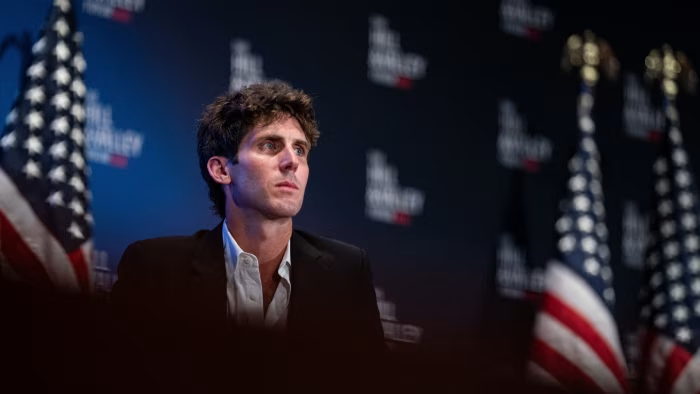
Some big sanctions to start: The US is imposing sanctions on Russia’s two biggest oil companies, Rosneft and Lukoil, aiming to “degrade” Vladimir Putin’s war chest and support Donald Trump’s effort to end the war in Ukraine.
And a payday: Citigroup has elected chief executive Jane Fraser as chair of the US bank’s board of directors and is paying her a one-off $25mn bonus, underscoring her leadership position atop the lender as it pursues a radical overhaul.
Welcome to Due Diligence, your briefing on dealmaking, private equity and corporate finance. This article is an on-site version of the newsletter. Premium subscribers can sign up here to get the newsletter delivered every Tuesday to Friday. Standard subscribers can upgrade to Premium here, or explore all FT newsletters. Get in touch with us anytime: Due.Diligence@ft.com
In today’s newsletter:
Sequoia’s COO calls it quits
Private equity giants eye Japan
A $20bn nuclear (pipe) dream
Sequoia Capital has become Silicon Valley’s most sought after venture firm by letting its investments do the talking.
The 53-year-old group has backed Google, Apple and OpenAI, all while adopting a position its current chief Roelof Botha describes as “institutional neutrality”.
That position appears to be under strain following the departure of Sequoia’s chief operating officer over another partner’s comments which she regarded as Islamophobic.
Sumaiya Balbale left Sequoia after five years in August. The FT revealed on Tuesday that her resignation was precipitated by social media posts by Shaun Maguire, one of Sequoia’s most successful investors and a close ally of Elon Musk.
The pugilistic partner wrote on X in July that New York mayoral candidate Zohran Mamdani “comes from a culture that lies about everything. It’s literally a virtue to lie if it advances his Islamist agenda. The West will learn this lesson the hard way.”
Balbale, a practising Muslim, complained to other senior figures at the firm about the post, according to sources the FT spoke to.
Some shared concerns about Maguire’s language, the people said, but no action was taken to sanction Maguire, a physicist whose investments including SpaceX, xAI and Neuralink have netted billions of dollars of paper gains for the firm.
Past Sequoia partners have not been afraid to take political positions, even where those clash. Doug Leone and Michael Moritz, its prior generation of leaders, were vocal from opposite sides of the political spectrum.
But Maguire’s outspoken online persona — spanning a passionate defence of Israel’s actions in Gaza, to endorsements of UK anti-immigration activist and convicted criminal Tommy Robinson — is something new, while Sequoia also lacks a counterbalancing public voice this time round.
(Maguire didn’t respond to requests for comment for the story.)
That is turning off some of the group’s portfolio companies and investors, particularly those in the Middle East. One financier from the region who has worked closely with Sequoia in the past described Maguire’s comments as “a humiliation”.
“A lot of sovereign wealth funds from this part of the world are not going to work with this guy, that’s for sure . . . he is not welcome here.”
A quarter century ago, private equity firms in Japan were seen as vultures. Now they’re hosting a former prime minister for dinner, making their way ever deeper into the core of the country’s manufacturing base.
The Japanese establishment is courting firms like KKR, Bain Capital and Blackstone to help shake up moribund companies and spur industry consolidation.
“The idea of introducing a shock to the system . . . literally to create a crisis, is a very welcome one in the establishment,” said Jesper Koll, director of the activist Japan Catalyst Fund.
They’ve got to this point through solid returns and an extremely careful cultivation of their public image. Mis-steps such as the bankruptcy of Marelli and a public fight over Fuji Soft have been taken in stride by the market.
But as more firms pile into the market, auctions get more expensive and structures get more sophisticated. The question becomes how long before Japan gets nervous or more serious mistakes start being made.
One private equity executive in Tokyo said the reality was “enormous pressure from investors to deploy, deploy, deploy” and that “price doesn’t matter the way it should”.
“We can’t just stop doing deals. It’s a rollercoaster and it is getting dangerous,” the executive added.
Atsuhiko Sakamoto, head of private equity in Japan for Blackstone, cautioned that those entering the country now might not realise how different the market still is.
“Remember, the backlash in the US came from buying legacy industrial businesses in the 80s and 90s and slashing headcount . . . the key people in Japanese PE are very aware of that history,” he said.
“For at least the next five years, I don’t think there will be a need for more aggressive cutting of jobs. But maybe as more people come in, those that don’t know the history in Japan . . . maybe they get overconfident and think they can do anything.”
It’s been a rough week for the husband and wife team who co-founded Oklo, the Sam Altman-backed nuclear start-up planning to build a fleet of nuclear reactors to power the AI boom.
Jacob and Caroline DeWitte, who fell in love while studying nuclear engineering at the Massachusetts Institute of Technology, saw their company’s market capitalisation shrink by a quarter to $20bn in the five trading days to Tuesday’s close.
Oklo’s shares plunged a further 14 per cent on Wednesday (another hit of more than $2bn to valuation) following publication of a deep dive by the FT, highlighting some of the risks built into the company’s business model.
Oklo has ambitious plans to begin supplying commercial power to customers in 2027 from a newly designed sodium-cooled small modular reactor.
It doesn’t have a licence to build or operate the reactors, nor any revenues or binding contracts with customers. But it does have a very nice artistic rendering of its proposed Aurora Powerhouse — although it looks more like a ski chalet than a nuclear reactor.
The Silicon Valley-based company has become one of the symbols of the AI boom (or bubble) that has caused energy-related shares to soar this year, as investors bet on groups that can supply energy-hungry data centres with power.
That has turned the DeWitte family, who own 18 per cent of Oklo, into paper billionaires. And they’re wasting no time: they’ve already cashed out $250mn by selling 3.2mn shares in the past six months.
Critics say the company has a “move fast and break things” culture, which has not endeared it with regulators. The Nuclear Regulatory Commission made the unusual decision to reject a licence application in 2022.
But it has attracted considerable support from the Department of Energy, which is led by secretary Chris Wright, a former Oklo board member.
The company has been selected for multiple government programmes overseen by the department. DeWitte told the FT that Wright had recused himself from decision-making regarding Oklo.
The question for investors: can government support help Oklo design a reactor that’s commercially viable?
As one former NRC chair said, sodium-cooled reactors have been tried before and failed to make the grade, noting that liquid sodium was “highly corrosive, flammable and explosive on contact with air and water”.
Investors will be hoping their money doesn’t go up in smoke.
Fannie Mae has named chief operating officer Peter Akwaboah as acting chief executive to replace Priscilla Almodovar, and has promoted John Roscoe and Brandon Hamara to co-presidents.
Debevoise & Plimpton has hired Krishna Skandakumar as co-chair of the firm’s private funds transactions group and Natalia Kubik as partner. They both join from Goodwin.
Fear of missing out Sam Altman has been using corporate Fomo to his advantage, The Wall Street Journal writes. By playing the egos of Silicon Valley’s giants off one another he has tied the fates of tech’s biggest players to OpenAI.
Emergency money With extreme weather events becoming more frequent and more severe, recovery spending is becoming a key driver of the US economy, Bloomberg reports. Disaster-related companies are even outperforming the S&P 500.
‘Man malaise’ The world’s largest listed hedge fund is at a crossroads: it either has to focus on its quant roots, or diversify. The FT’s Costas Mourselas goes on the Behind the Money podcast to talk about whether they’ll be able to rebound.
Rachel Reeves targets tax partnerships in crackdown on wealthy Britons (FT)
Barclays suffers £110mn hit from Tricolor collapse as bank’s profits fall (FT)
Investors bet on Argentine peso devaluation after weekend elections (FT)
NatWest and Lloyds scale back new lending to broadband challengers (FT)
BDO chief pledges fight over ‘falsehoods’ on First Brands work (FT)
Kering adds to hope of luxury recovery as it stems sales declines (FT)
OpenAI prioritised user engagement over suicide prevention, lawsuit claims (FT)
Reddit sues AI search engine Perplexity for scraping its data (FT)
Due Diligence is written by Arash Massoudi, Ivan Levingston, Ortenca Aliaj, Alexandra Heal and Robert Smith in London, James Fontanella-Khan, Sujeet Indap, Eric Platt, Antoine Gara, Amelia Pollard, Kaye Wiggins, Oliver Barnes and Jamie John in New York, George Hammond and Tabby Kinder in San Francisco, Arjun Neil Alim in Hong Kong. Please send feedback to due.diligence@ft.com
The AI Shift — John Burn-Murdoch and Sarah O’Connor dive into how AI is transforming the world of work. Sign up here
Unhedged — Robert Armstrong dissects the most important market trends and discusses how Wall Street’s best minds respond to them. Sign up here

Visitors to a major JMW Turner exhibition may well be surprised to see the opening work is by Jeff Koons, and Damien Hirst sharks, a Bridget Riley stripe painting and some Doc Marten boots supplied by the curator herself are also on display.
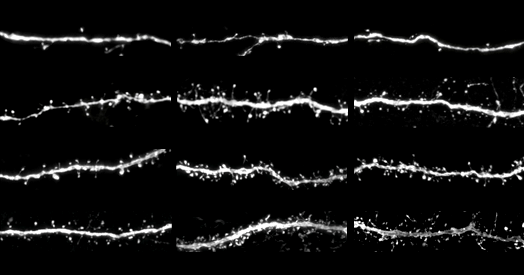
At first glance, the mice in Pierre Vanderhaeghen’s lab in Leuven, Belgium, seem unremarkable. But inside their tiny heads, their cerebral cortex contains a mix of mouse and human neurons at two stages of development: Their native…